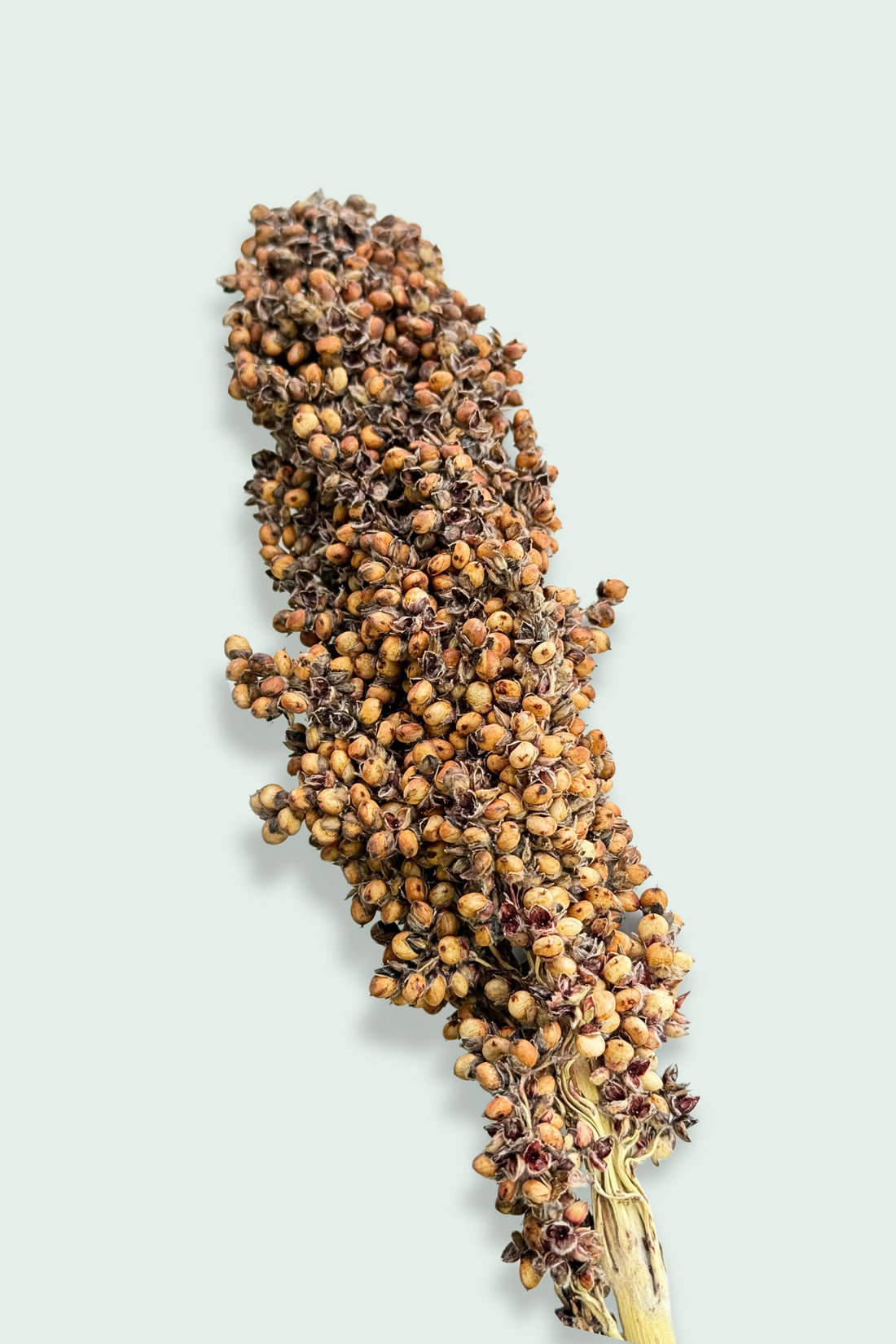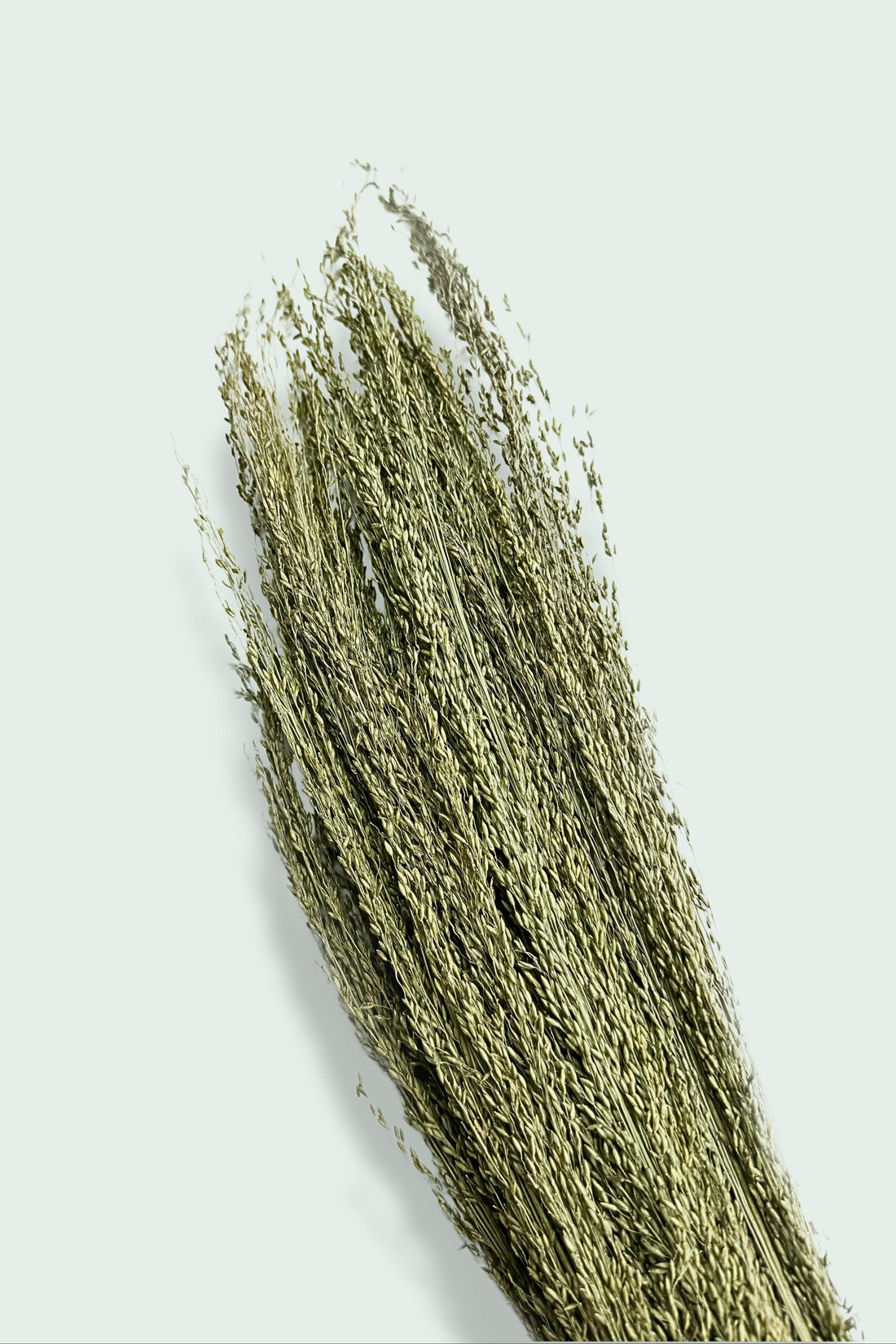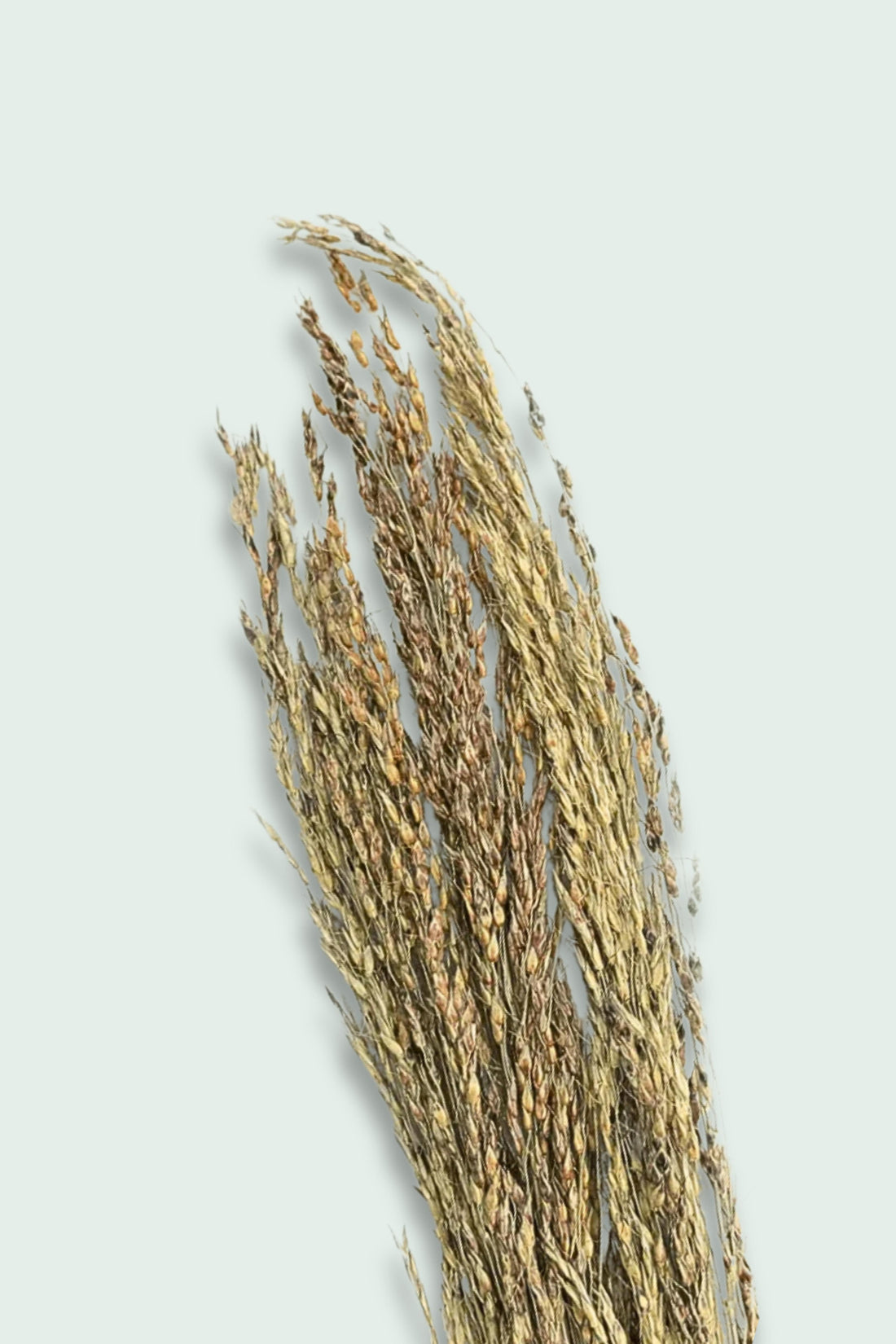Introduction: Tiny Desert Nomads
When most people picture a hamster, they imagine a fluffy ball sprinting on a wheel at midnight. But “hamster in the wild” tells a very different story—one of daring desert voyages, ingenious food-stashing, and full-throttle survival tactics. Wild hamsters roam arid plains from Syria to Mongolia, digging labyrinthine burrows, harvesting seeds under moonlight, and evading predators twice their size.
Learning how a hamster lives in the wild isn’t just trivia—it's the secret sauce for creating healthier, happier pets at home. Below we’ll explore natural habitats, diets, and behaviors, then show you how to mimic each element with enrichment products from MoonyPaw—so your pocket-sized nomad can live its best life in captivity.
1. Where Do Wild Hamsters Live?
Wild hamsters are found across deserts, steppes, and scrublands where days are scorching and nights drop to sweater weather. The Syrian (golden) hamster’s ancestral turf is the semi-arid plateau around Aleppo; Djungarian (winter white) hamsters hail from the Kazakhstan steppes; Chinese hamsters scurry along rocky foothills. These habitats share four core features:
-
Sparse vegetation—scattered grasses, hardy herbs, and seed-bearing shrubs.
-
Loose, diggable soil for tunneling elaborate burrows up to 1.5 m deep.
-
Extreme temperature swings that make underground living essential.
-
Predator pressure from foxes, snakes, owls, and even hedgehogs.
Pet-care takeaway: Your hamster instinctively wants deep bedding, hideouts, and a cool retreat—not a bare glass floor.
2. Night-Shift Foragers: Feeding in the Dark
Hamsters are crepuscular to nocturnal, emerging at dusk to stuff their expandable cheek pouches with seeds, nuts, roots, and the occasional crunchy insect. They may travel up to 8 km in a single night—Olympic-level cardio for something the size of a kiwi fruit!
Wild Menu Snapshot
| Category | Examples in the Wild | MoonyPaw Equivalent |
|---|---|---|
| Grass & grain seeds | Oat, millet, sorghum | Oat Spray, Yellow Millet |
| Flowers & leafy herbs | Marigold, echinacea, rose petals | Flower Forage, Rose Petals |
| Nuts & roots | Walnuts, burdock | Walnuts, Burdock Roots |
| Seasonal treats | Berries, pumpkin flesh | Strawberry Slices, Freeze-Dried Pumpkin |
Pet-care takeaway: Variety matters. A monotone seed mix can’t capture the diversity of a wild pantry.
3. Architect Extraordinaire: Burrows & Bedding
A wild hamster’s burrow is its five-star bunker—multiple chambers for sleeping, food storage, and even a latrine. Depth provides stable humidity and temperatures up to 10 °C cooler than surface sand.
DIY “Desert Den” at Home
-
Deep Bedding Base: Minimum bedding depth of 8-10 inch with a diggable blend of hemp, aspen, or shredded paper.
-
Stash Spots: Bury a Banana Leaf Basket (yes, really!) as a quirky, chew-safe bowl to imitate storage chambers.
-
Tunnel Support:
Add a layer of Meadow Hay on top of the bedding to help support tunnels and prevent them from collapsing. Alternatively, you can create alternating layers of bedding and Meadow Hay throughout the enclosure. This layering technique improves tunnel stability.
Tip: Periodically spot-clean the enclosure, but avoid destroying the tunnel network — that’s like bulldozing a wild hamster’s home! Preserve their hard work by cleaning around their structures whenever possible.
4. Fitness on the Frontier: Natural Exercise
Running 8 km nightly translates to nearly 20,000 wheel rotations in captivity. Chew toys, climbing roots, and scatter-feeding only add to the calorie burn.
Install a Super Silent Acrylic Hamster Wheel 12.5” so your Syrian can sprint without spine crunching. Mix in chewable Apple Wood Sticks and a Twisted Vine Chew to mimic gnawable shrubs.
5. Predator Evasion: The Art of Stealth
Owls see everything… unless you’re camouflaged underground. Wild hamsters minimize above-ground exposure, travel at twilight, and rely on acute hearing. Captive hamsters retain those flight instincts—cue the nervous chitter if a hand swoops down like a hawk!
How to Create a “Safe Zone”
-
Offer multiple top-entry hides such as Hideouts, Tunnels or Cork Logs.
- Place the enclosure in a quiet, low-traffic area with dim lighting to reduce stress. Avoid rooms with loud noises, TVs, or music, especially during the day when your hamster is sleeping.
- Add plenty of dried sprays like Flax, Panicum Millet, Broomcorn, and Statice Flowers to create natural cover and safe hiding spots. This helps mimic the underbrush of wild habitats, offering your hamster both comfort and enrichment.
6. Seasonal Shape-Shifters
Djungarian hamsters grow a white winter coat; Syrians beef up food stores before the chill. They may also adjust reproductive cycles when resources dip.
Pet-care takeaway: Your thermostat never changes, but you can simulate seasons with enrichment.
Winter Fun: Hide Sunflower Half Heads under bedding—instant snow-day scavenger hunt.
7. Social Life: Mostly Solo
With rare exceptions (e.g., Robo siblings), wild hamsters are fiercely territorial. They scent-mark burrow entrances and may tussle over prime seed patches. In captivity, forced cohabitation often ends badly.
Action Step: House pet hamsters individually. Instead of a room-mate, gift interactive items—like a hanging Beloved Bear Chew—to keep loneliness at bay.
8. Conservation Status & Myths
Contrary to popular belief, hamsters aren’t “everywhere.” The Syrian hamster is classified as Vulnerable due to habitat loss and agriculture. Wild capture for the pet trade is negligible today; responsible breeding fills the demand.
Knowing this helps owners appreciate the privilege—and responsibility—of caring for a species teetering on the edge.
9. Bringing the Wild Indoors—Responsibly
Below is a blueprint to channel every chapter of wild life into an epic pet setup:
| Wild Need | Captive Solution | MoonyPaw Link |
|---|---|---|
| 8 km nightly run | 30 cm+ diameter wheel | Silent Acrylic Wheel |
| Diverse seed hunt | Scatter-feeding sprays & bowls | Panicum Millet, Black Sorghum |
| Diggable tunnels | minimum 8-10 depth bedding & burrow toys | Banana Leaf Basket |
| Gnawing shrubs | Natural woods, vines, Palm Leaf Chews | Apple Wood Sticks, Twisted Vine Chew, Palm Leaf Pouch |
| Seasonal variety | Rotating treats & forages | Freeze-Dried Pumpkin, Freeze Dried Strawberries, Angel Forage Mix |
10. FAQ Lightning Round
Q: Do wild hamsters hibernate?
A: Some species enter torpor, a short daily energy-saving mode. Your centrally-heated home prevents this—but keep room temps above 18 °C just in case.
Q: How big is a wild hamster’s territory?
A: Syrians patrol up to 10 hectares—roughly 15 football fields! Provide the largest cage you can; start at minimum of 100 × 50 cm floorspace.
Q: Can I release my pet hamster into the wild?
A: Never. Domesticated hamsters lack survival skills and can disrupt ecosystems.
Conclusion: Wild Wisdom for Happy Hamsters
Understanding the hamster in the wild reveals a masterclass in adaptation: dig deep, forage wide, run far, and stash smart. By echoing these natural rhythms—deep bedding, seed sprays, chew woods, and night-time exercise—you transform a standard cage into a dynamic desert kingdom.
Ready to unleash your critter’s inner explorer? Visit MoonyPaw.com and stock up on Flower Forage, Sudan Sprays, and a Super Silent Wheel today. Your hamster will thank you with midnight marathons, gleeful burrow-building, and the contented crunch of a fresh walnut—all from the safety of home.






